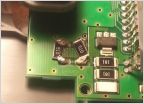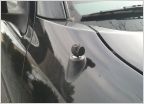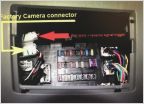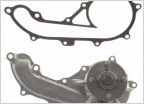-
Welcome to Tacoma World!
You are currently viewing as a guest! To get full-access, you need to register for a FREE account.
As a registered member, you’ll be able to:- Participate in all Tacoma discussion topics
- Communicate privately with other Tacoma owners from around the world
- Post your own photos in our Members Gallery
- Access all special features of the site
Blower Motor Resistor Fix: PWM
Discussion in '2nd Gen. Tacomas (2005-2015)' started by purekentucky, Mar 2, 2019.
Page 1 of 2
Page 1 of 2


 3" Bilstein 5100/Toytec AAL Suspension lift Guide
3" Bilstein 5100/Toytec AAL Suspension lift Guide 05 Compass, Temp circut board
05 Compass, Temp circut board Antenna
Antenna Backup camera output to aftermarket radio
Backup camera output to aftermarket radio Do it myself or have local mechanic or dealership replace water pump
Do it myself or have local mechanic or dealership replace water pump



